Do I need to fertilize my Japanese maple? An expert gardener reveals how best to care for these impressive trees
Knowing when, and when not, to fertilize Japanese maples will prevent you from loving your trees to death
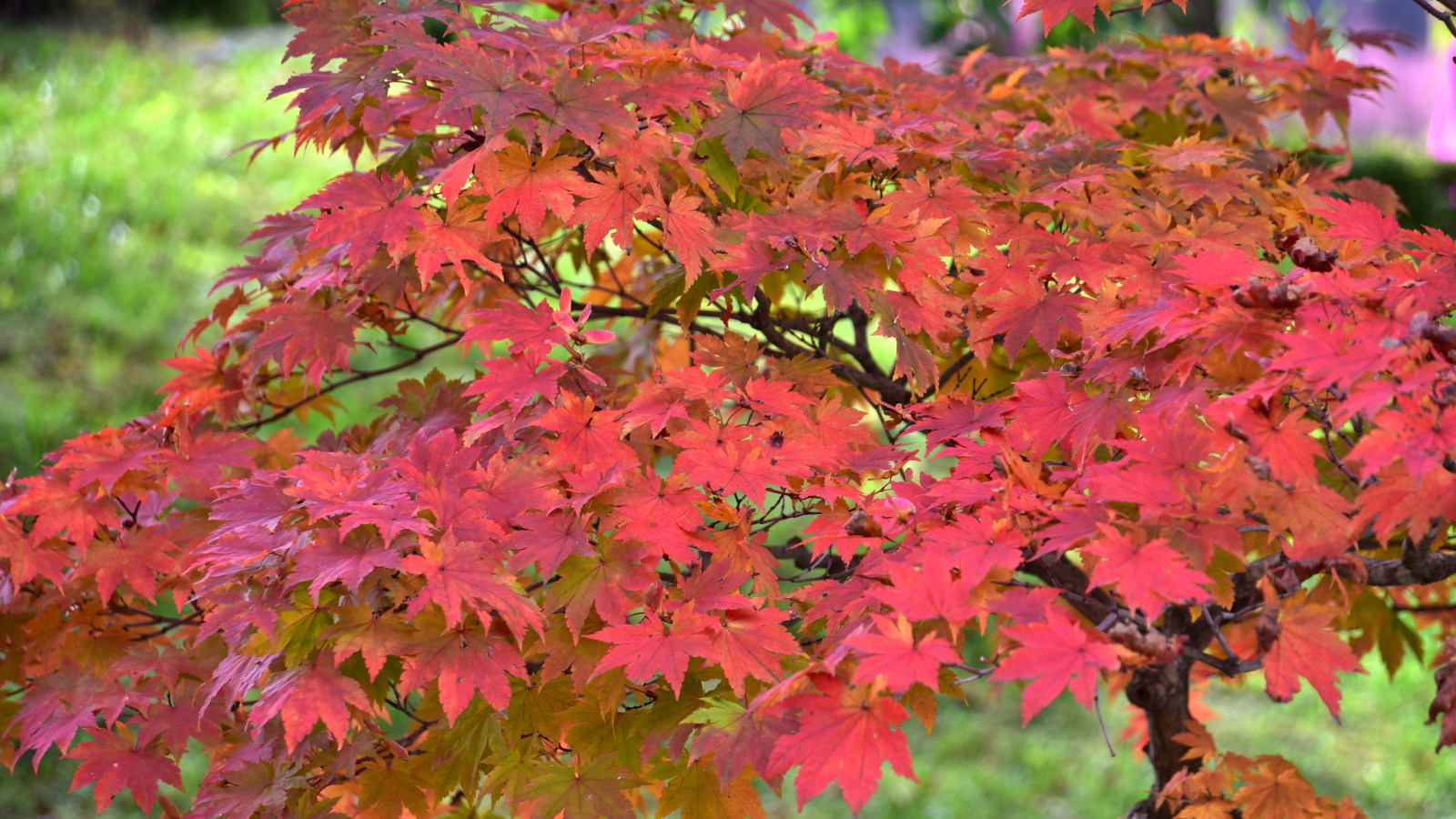

Japanese maple trees are perhaps the most popular small to medium-sized trees to grow in borders and pots. They are globally adored for their vibrant fall foliage display, with leaves changing from green to yellow, purple to pink, red to orange, and many more colors in between.
There are many different Japanese maple varieties, most of which are resilient and reliable trees for any yard. As a professional gardener, I have cared for many different varieties of Japanese maple, Acer palmatum, when managing gardens across the UK and Italy. One of my favorite varieties is Acer palmatum 'Red Dragon', renowned for producing deep purple leaves that turn crimson-red in the fall. In a pot, this variety is a dramatic addition to any space.
While Japanese maple trees are considered low-maintenance, many gardeners are unsure if fertilizer is necessary. Here, one expert gardener from the South Coast Botanic Garden, California, offers practical advice on how best to care for and revive Japanese maples.
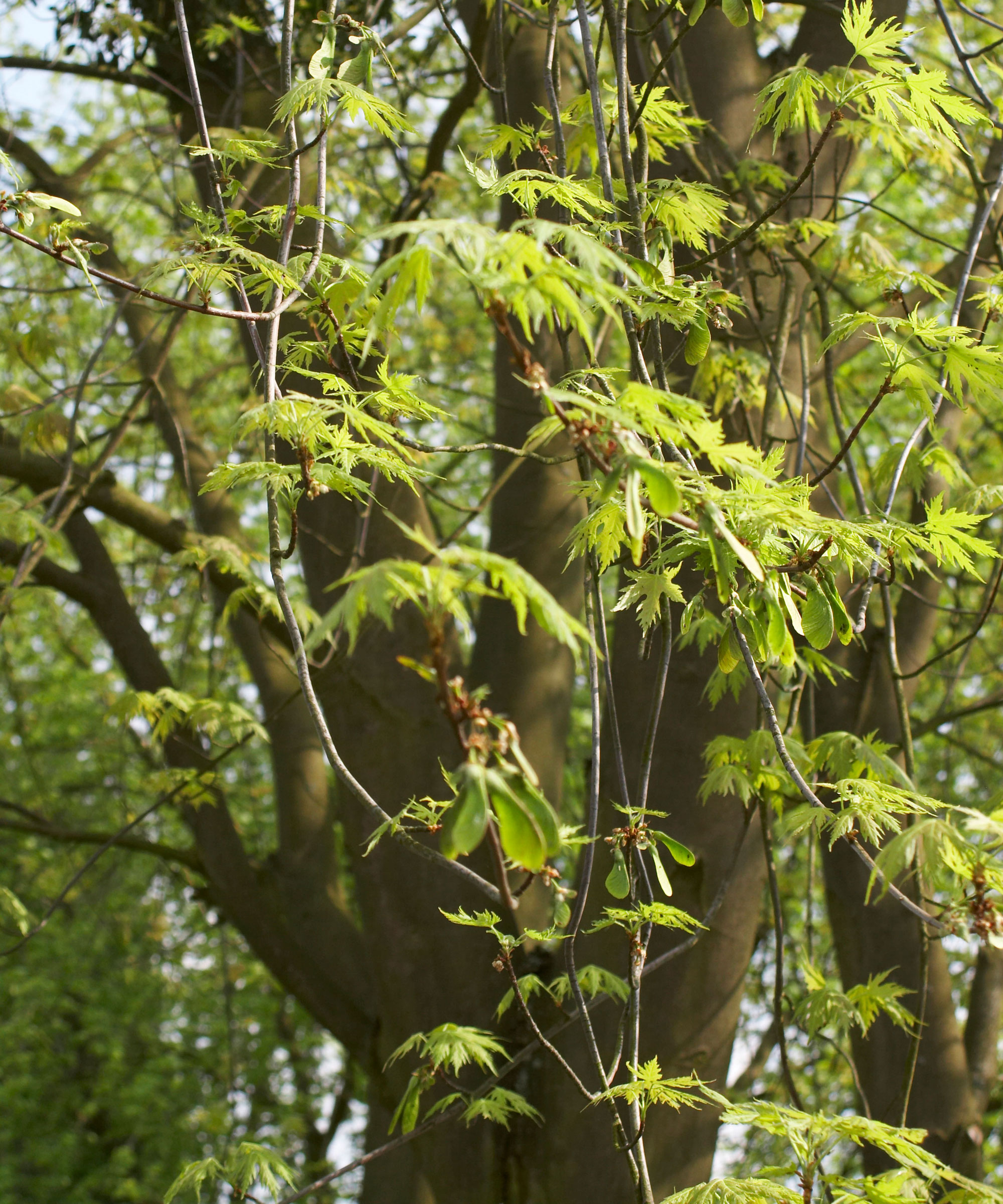
How to fertilize Japanese maples
Japanese maple trees generally grow best in US hardiness zones 5 to 8, tolerating winter temperatures down to -20°F/-29°C. These tough, hardy trees can be grown in borders or containers, and there are many impactful varieties well-suited to container displays, such as this Acer palmatum 'Atropurpureum', available from Nature Hills.
These compact trees thrive in partially shaded spots and can handle most soil conditions. Gardeners often ask whether it is necessary to fertilize established trees - here, but it is often not needed. If your tree is healthy and happily growing, I would caution against feeding it. However, there are one or two instances, such as growing in pots, when fertilizing is needed.
Do I need to fertilize Japanese maples?

'Japanese maples do best in woodland conditions - imagine the understory of a forest full of green, lush planting,' says Terry Huang, plant expert and Director of Living Collections at South Coast Botanic Garden in the Los Angeles area.
'They generally grow best with morning sun and afternoon shade, or dappled shade throughout the day,' Terry adds. 'In a woodland setting, these trees enjoy even and consistent moisture and loamy soil with good amounts of humus.
'They often suffer in exposed situations, especially in climates that are hot and dry,' Terry says. Patios, terraces or yards in full sun are not ideal for these trees. If your maple is struggling, looking sad or limp, it might be because of sun damage or dry soil, so always consider this before applying fertilizer. Any trees happily growing in a border in the right conditions should not need fertilizer.
'If the leaves are wilting and the soil is dry, give your maple a good watering. Gently soaking the soil over an extended period of say 30 to 45 minutes. This will allow the water to penetrate deeper and more thoroughly.
'Mulching is another gardening trick to consider before fertilizing, and will also help prevent water from evaporating too quickly,' Terry says. 'As it breaks down, the mulch will help to improve soil health and maintain ideal soil conditions. Organic mulch is available from Amazon.
It is also a good idea to test your soil, using a soil test, available from Amazon, which can help to inform you what your soil might be lacking in terms of nutrients and minerals.
'If the soil is moist and rich, but the leaves are limp during the day, wait to see if they recover by morning. If so, it is just a sign of heat stress.'
As Terry says, ascertain if your tree is in the right place, with the ideal spot being in dappled shade, and consider mulching your borders/containers. Even a thin layer of 1 to 2 inches of mulch can help to add nutrients and goodness to your soil and provide all that your tree needs to thrive, without the need for any fertilizer.
However, there are occasions when you should apply feed. For example, if you have completed the above checks and concluded that your soil is nutrient-poor, or if you are growing Japanese maples in containers, it is a good idea to fertilize these specimens, as their roots are restricted to a small, enclosed pot.
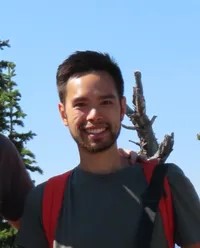
Terry Huang is the Director of Living Collections at South Coast Botanic Garden in the Los Angeles area. He loves to share his passion for plants by finding creative ways to make botany and horticulture fun and accessible for all.
How and when to fertilize Japanese maples
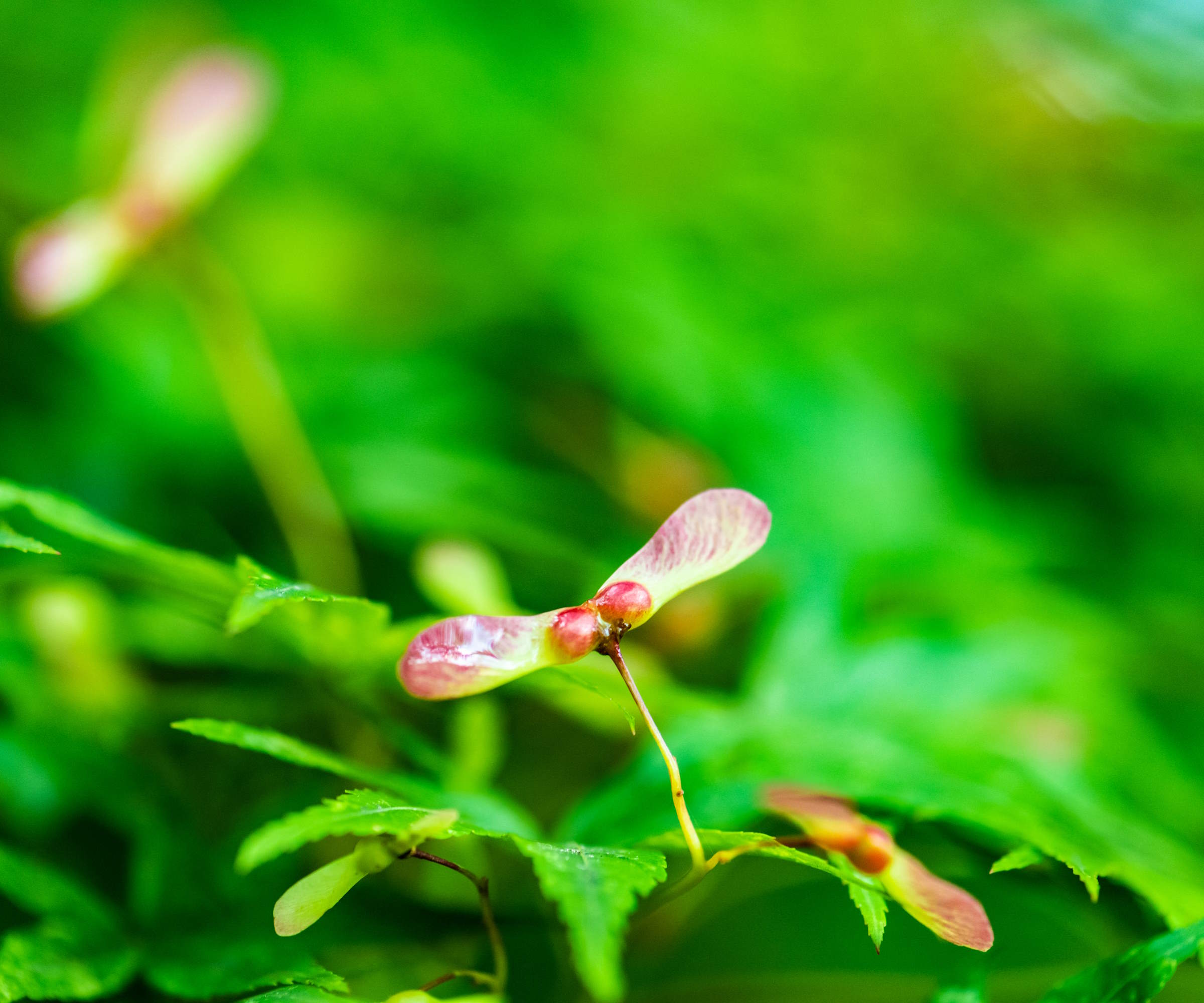
'If soil conditions in your borders are nutrient-poor, fertilizing can be necessary for Japanese maple trees,' Terry continues. In addition, for those maples grown in pots, you should also apply a yearly feed, as the soil in containers can quickly become depleted of nutrients.
'If needed, use a balanced fertilizer formulated for trees,' Terry says, such as this organic tree feed from Amazon. 'Fertilizing is best done in spring through summer during active growth, but avoid feeding too close to fall. This is a common fertilizing mistake that gardeners make, but feeding too late can do more harm than good as plants prepare for dormancy.'
Alternatively, for a low-effort solution, use these tree spikes, available from Amazon, for a simple, quick way to feed trees in garden borders and pots. Firmly place the spikes within 2 feet of the base of your tree, and, over time, they will release nutrients into the soil.
'When growing in pots, it is a good idea to use high-quality potting soil,' Terry says. 'Wood-based mixes are ideal, combined with topsoil, either at a 1:2 or 1:3 ratio. This will help with micronutrients and water retention in your containers. When needed, fertilize your pots lightly 1 to 2 times a year in the spring and summer, using a tree feed.'

This tree fertilizer has all the goodness your trees need to thrive. Suitable for use with Japanese maples, dogwoods and all other backyard favorites.
FAQs
What is the best fertilizer to use for Japanese maples?
The type of fertilizer you use will be down to the preference of the gardener. Slow-release feeds are more preferable to me, as they gradually add nitrogen to the soil, meaning that you can feed once and forget about this summer gardening job. Quick release, water soluble fertilizers are rapid, but require consistent application. Whatever fertilizer works for you, ensure that it is formulated specifically for trees and shrubs.
Why not consider growing a Japanese maple from seed? While this does require patience and precision, with the right approach, you can bolster your maple collection in the years to come. If you're interested in adding new trees to your yard, you might find our guide on how to grow a ginkgo tree useful, for a Jurassic addition to the backyard.
For more inspiration, see our guide to native alternatives to Japanese maples, full of striking an colorful trees found growing across North America.
Sign up to the Homes & Gardens newsletter
Design expertise in your inbox – from inspiring decorating ideas and beautiful celebrity homes to practical gardening advice and shopping round-ups.

Thomas is a Content Editor within the Gardens Team at Homes and Gardens. He has worked as a professional gardener for both public spaces and private estates, specializing in productive gardening, growing food and flowers. Trained in Horticulture at the Garden Museum, he has written on gardening and garden history for various publications, including The English Garden, Gardens Illustrated, Hortus, The London Gardener and Bloom. He has co-authored a Lonely Planet travel book, The Tree Atlas, due out in 2024.
-
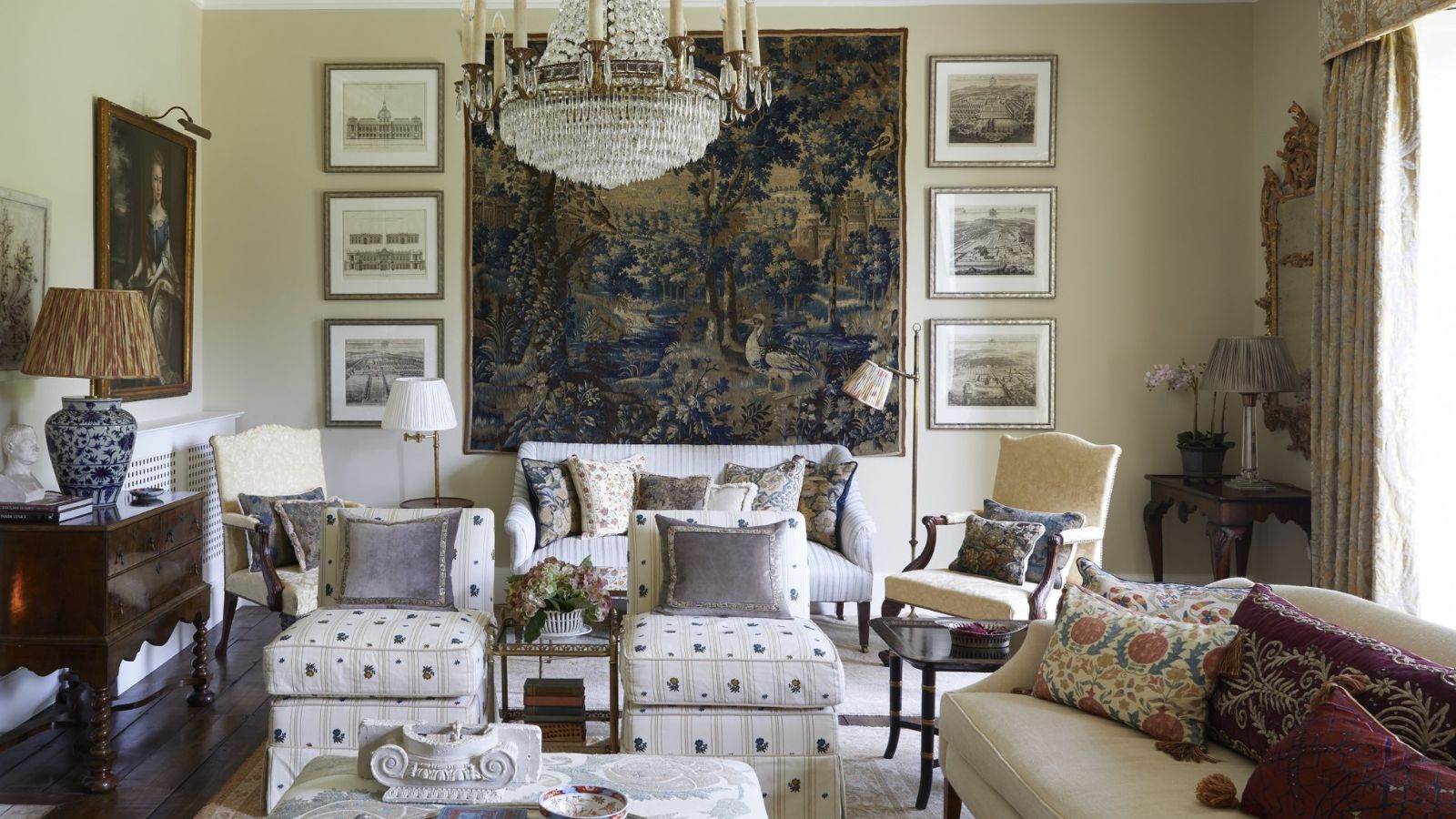 'If it speaks to you, it will find its place' – 5 easy tips for starting a collection of antiques and vintage pieces, suggested by experts with years of experience
'If it speaks to you, it will find its place' – 5 easy tips for starting a collection of antiques and vintage pieces, suggested by experts with years of experienceWhether you're a fan of antique pottery or vintage art, these 5 designer-approved tips will help you build a lasting collection that will create impact and stand the test of time
By Eleanor Richardson
-
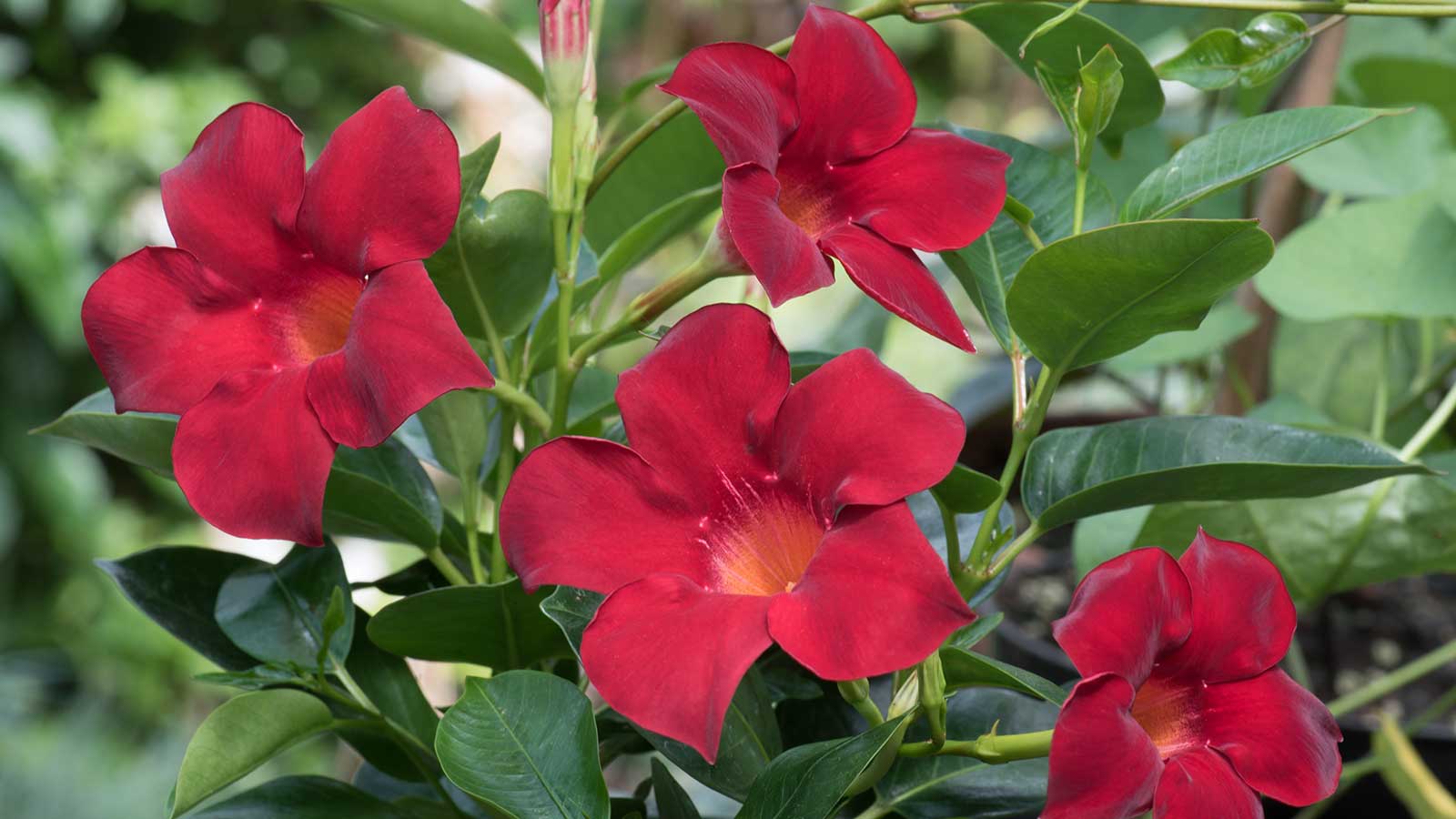 Pot plants that thrive on neglect – 5 easy-going picks for super busy gardeners
Pot plants that thrive on neglect – 5 easy-going picks for super busy gardenersFrom spiky succulents to pollinator-friendly blooms, these expert recommendations need barely any attention to flourish
By Holly Crossley
-
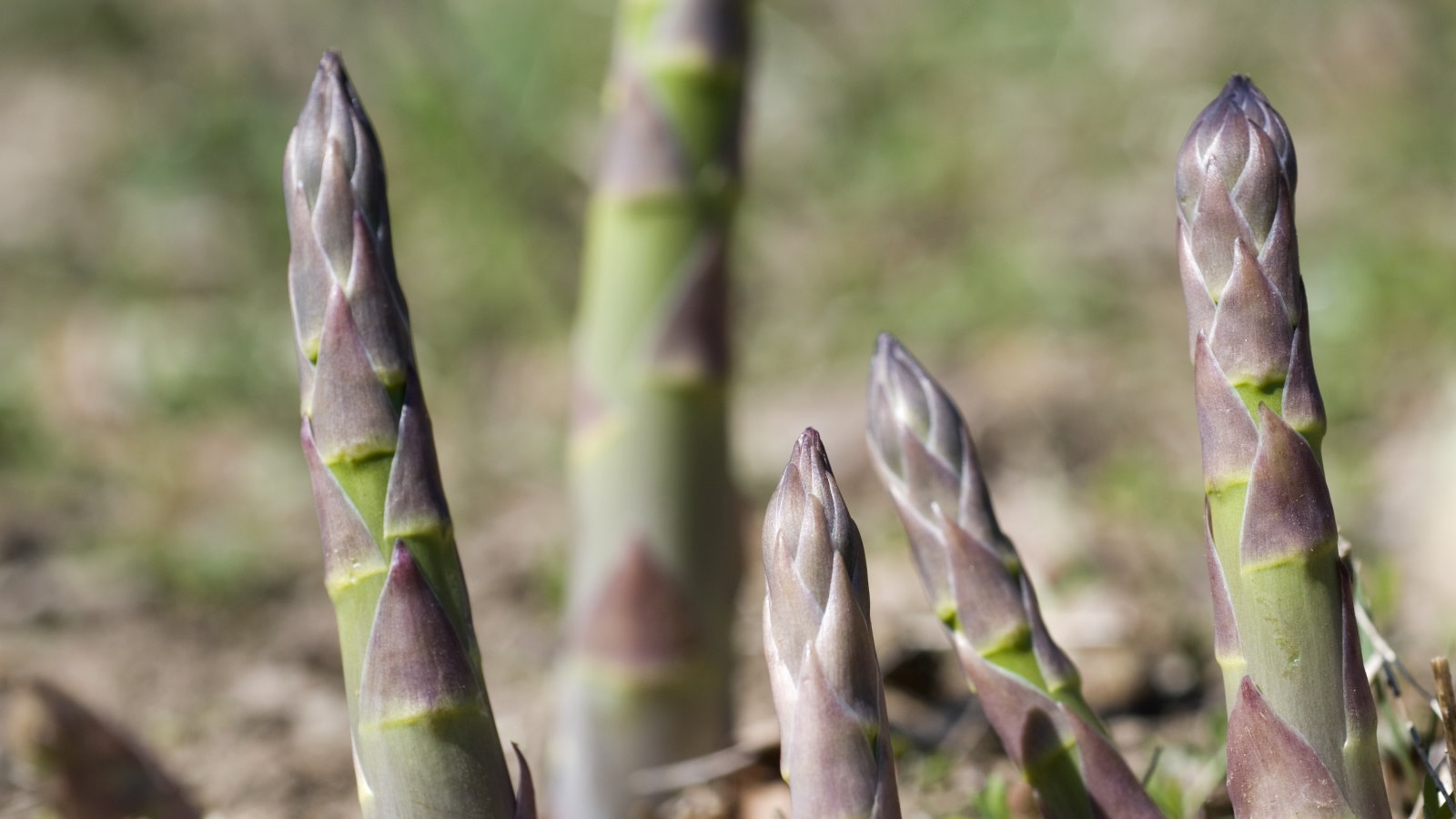 When and how to divide asparagus – expert tips to rejuvenate older plants for better yields
When and how to divide asparagus – expert tips to rejuvenate older plants for better yieldsDividing asparagus crowns is simple and rewarding, but you must get the timing right
By Drew Swainston
-
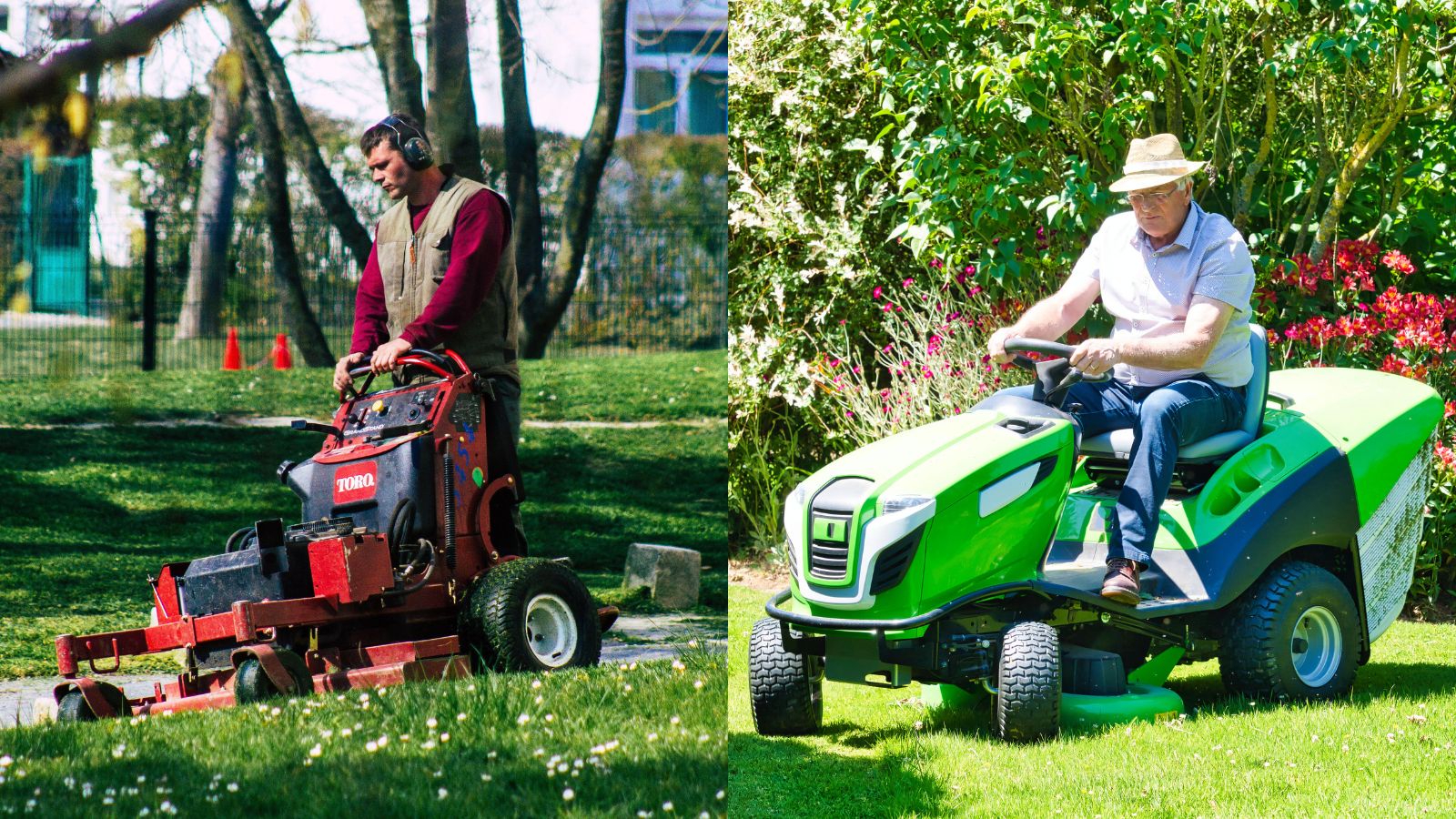 Standing mowers vs riding mowers – a mowing expert reveals which is best
Standing mowers vs riding mowers – a mowing expert reveals which is bestStanding mowers vs riding mowers is a heated debate among landscapers. I spoke to a landscaping expert to find out if standing mowers really are the best
By Alex David
-
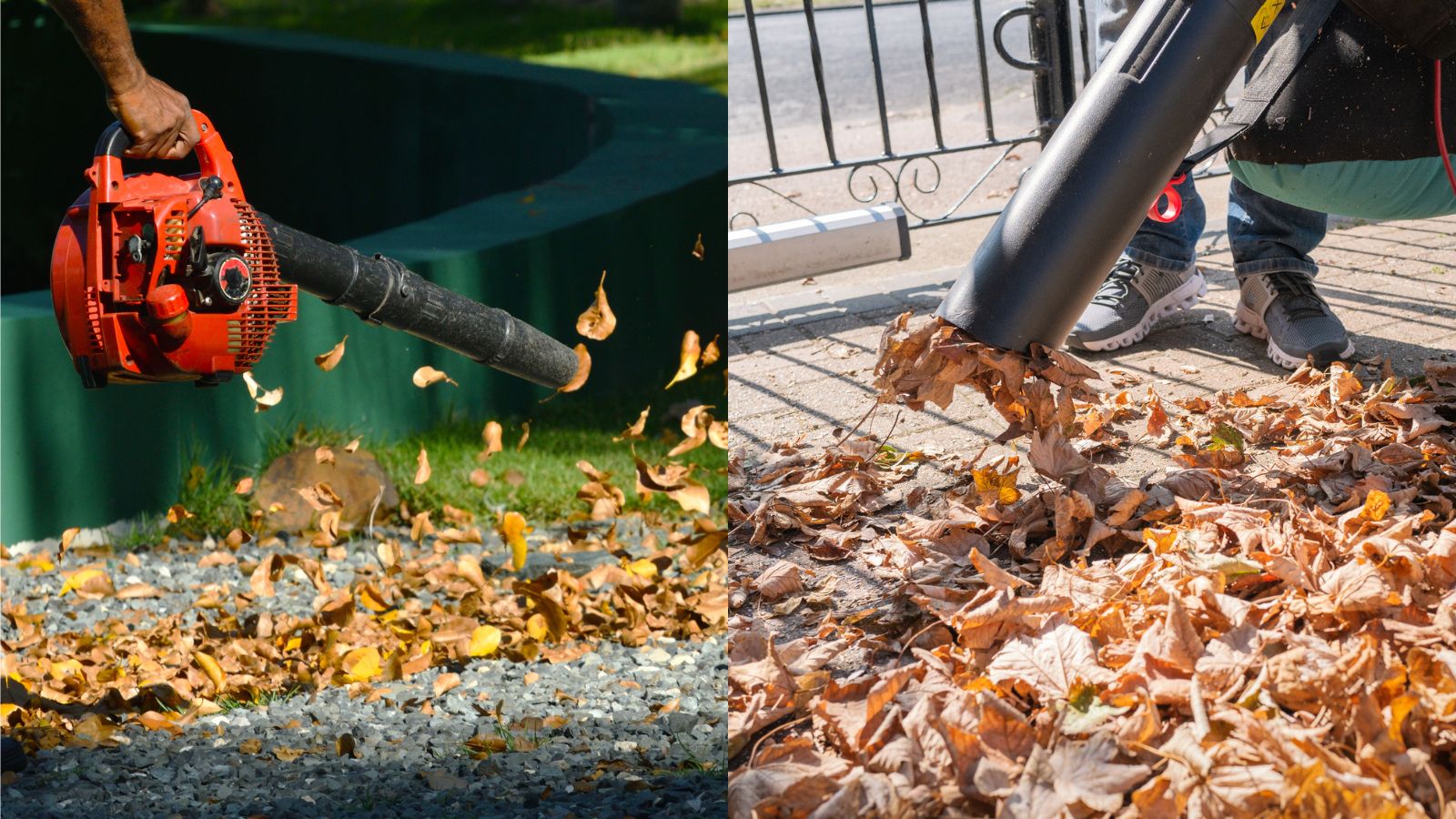 Leaf blowers vs leaf vacuums – which is best for your yard, and should you bother with either?
Leaf blowers vs leaf vacuums – which is best for your yard, and should you bother with either?It's not obvious which is best between leaf blowers v leaf vaccums. As a product tester, this is all you need to know about these controversial yard tools
By Alex David
-
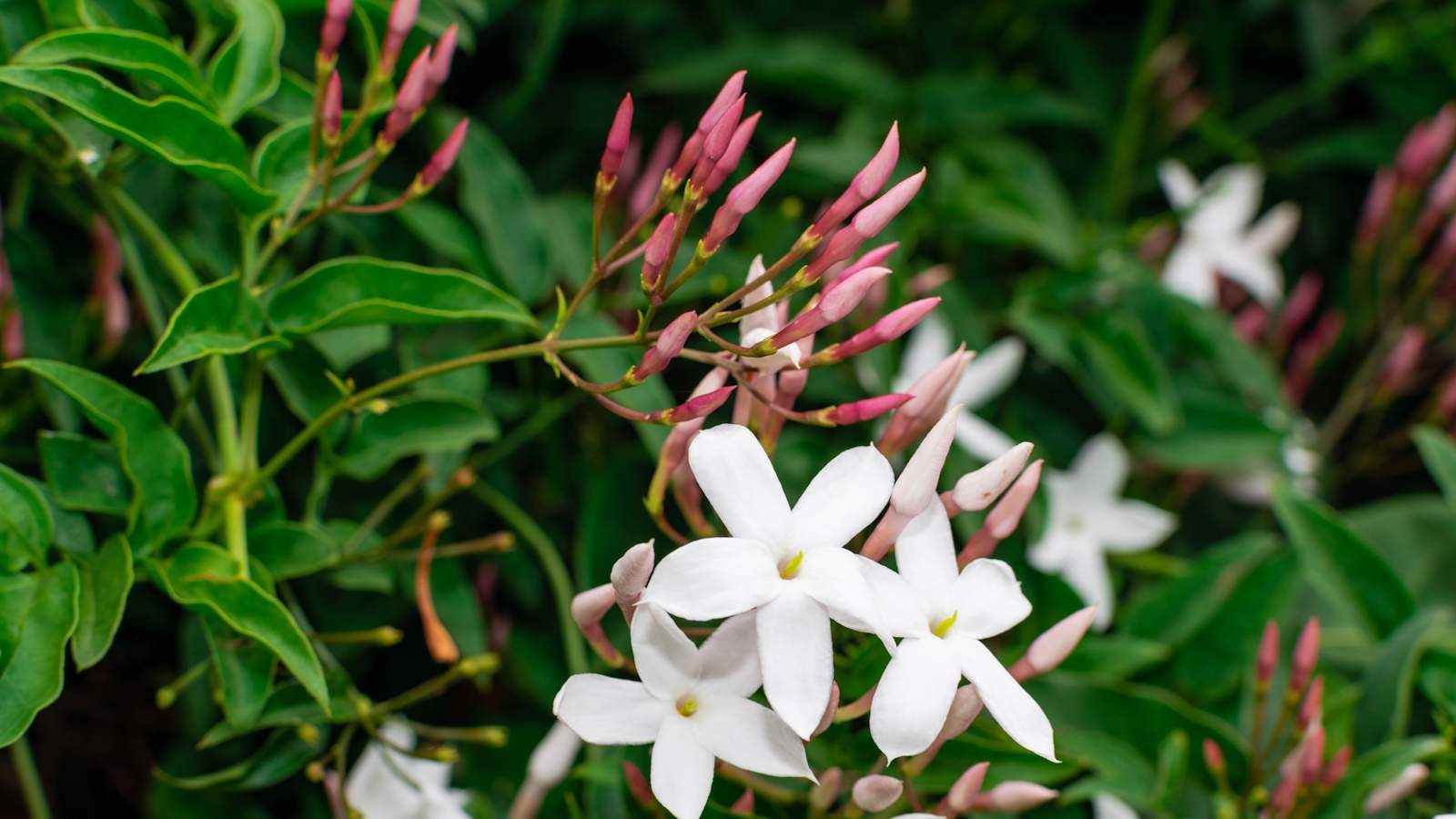 Pruning jasmine in late summer will ensure your plants bloom better than ever next year
Pruning jasmine in late summer will ensure your plants bloom better than ever next yearTiming is critical when pruning summer-flowering climbers
By Thomas Rutter
-
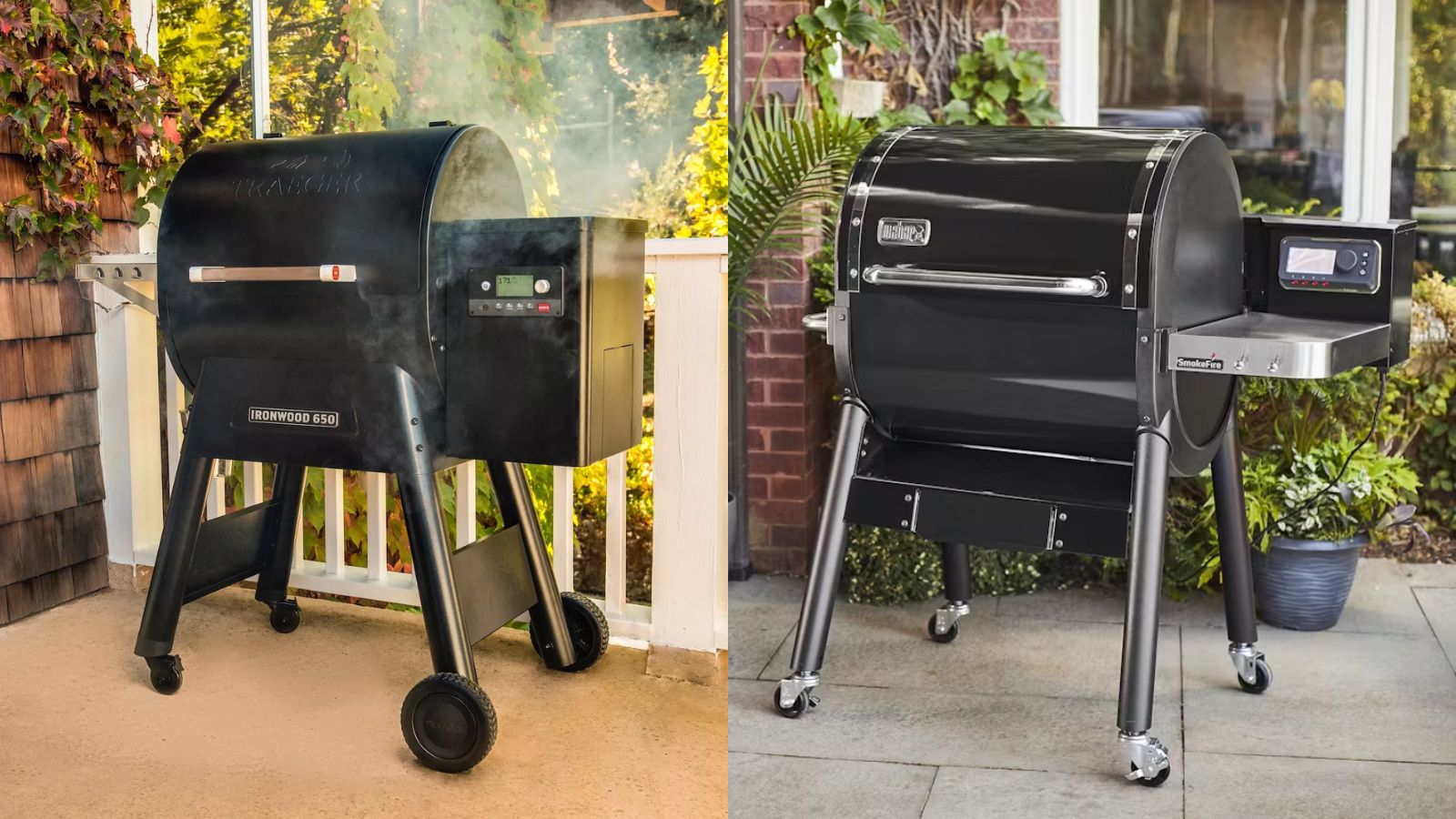 Weber vs Traeger – which pellet grill should I buy? Advice from a product tester
Weber vs Traeger – which pellet grill should I buy? Advice from a product testerThey're two titans of the grilling game, but who comes out on top between Weber vs Traeger? As a product tester, this is all you need to know about the brands
By Alex David
-
 Bougainvillea in miniature – with a little patience, anyone can grow these vibrant plants in bonsai form
Bougainvillea in miniature – with a little patience, anyone can grow these vibrant plants in bonsai formGrowing bougainvillea bonsai trees can add impact to even the smallest of spaces
By Thomas Rutter
-
 10 low maintenance, drought tolerant plants – for a beautiful and undemanding landscape
10 low maintenance, drought tolerant plants – for a beautiful and undemanding landscapeExpert plant picks for a thriving dry garden, that will make life easier and more colorful
By Jacky Parker
-
 How to grow eastern redbuds – the cherished native tree with striking spring blooms
How to grow eastern redbuds – the cherished native tree with striking spring bloomsAdaptable and reliable, eastern redbuds are tough trees that will not disappoint
By Thomas Rutter